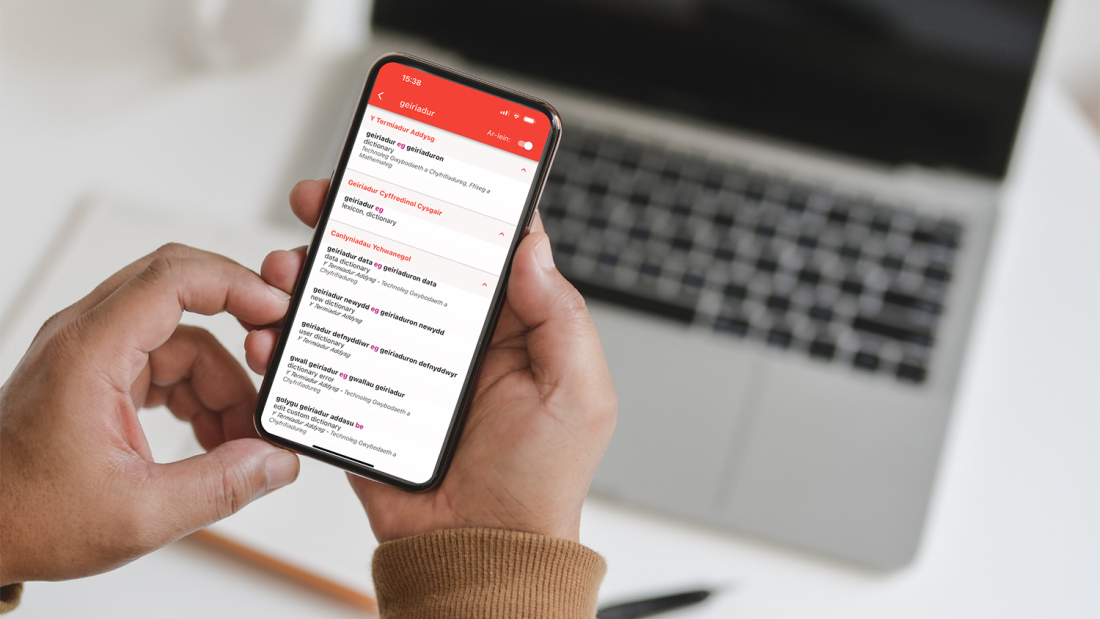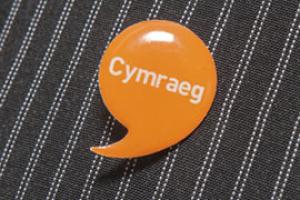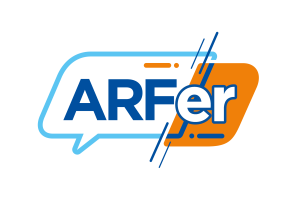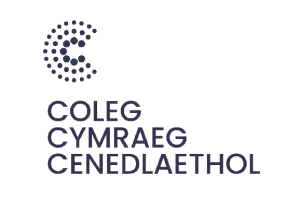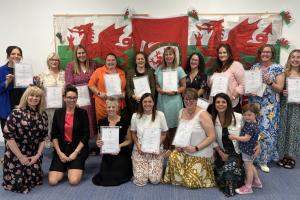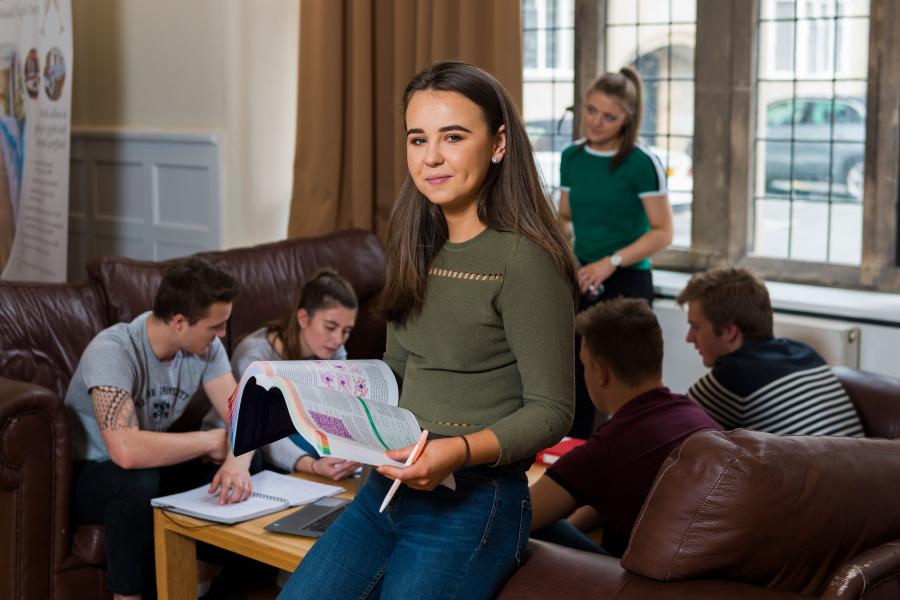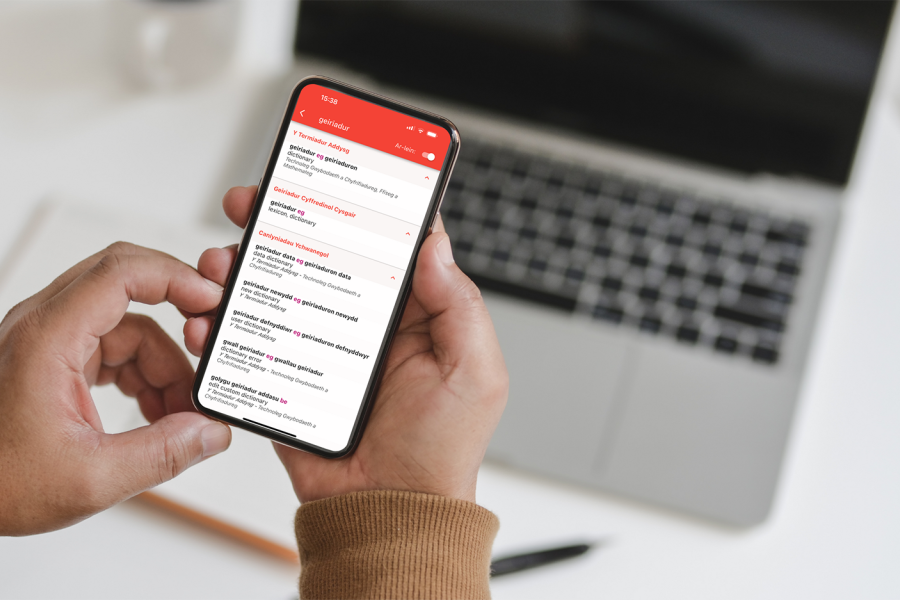Our Services
Find out more about our services and expertise at Canolfan Bedwyr
Find out more about our services and expertise at Canolfan Bedwyr
LL57 2DG
Contact Us
General queries should be directed to the General Office.
Should you know who you want to talk to, contact details for specific members of staff can be found on the staff list.
Canolfan Bedwyr, Neuadd Dyfrdwy, College Road, Bangor, Gwynedd.
LL57 2DG

